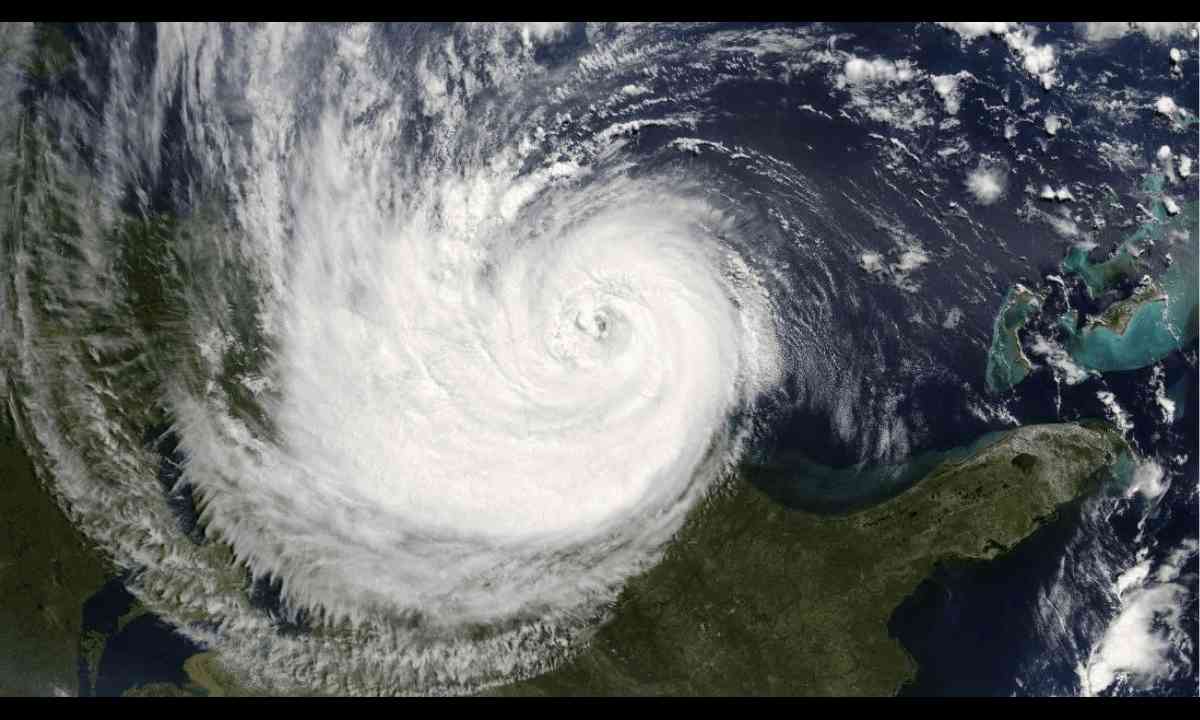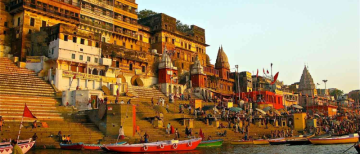Gujarat continues face severe floods that claimed over 30 lives and displaced around 18,000 residents. Unfortunately, relief seems distant, as the latest updates from the Indian Meteorological Department (IMD) indicate more heavy rainfall in several states. On August 30, states like Uttar Pradesh, Chhattisgarh, and 14 others are expected to experience heavy showers, while Gujarat, Odisha, and Karnataka could face even more intense rainfall on Friday.
DD over Kachchh & & adjoining areas of Northeast Arabian Sea and Pakistan,about 90 km W-NW of Bhuj (Gujarat).To move W, emerge into NE Arabian Sea and intensify into a CS on 30th Aug. it would continue to move nearly W-SW over NE Arabian Sea away from Indian coast in next 2 days pic.twitter.com/qusp2uu4yg— India Meteorological Department (@Indiametdept) August 29, 2024
Cyclonic Circulations: The Cause Behind the Heavy Rainfall
The IMD's predictions are based on cyclonic circulations developing in both the Arabian Sea and the Bay of Bengal. These weather systems are expected to impact the Indian subcontinent from both the east and the west, leading to widespread heavy rainfall.
In the east, a cyclonic circulation in the Bay of Bengal is forecasted to bring heavy rainfall to the coastal regions of Odisha and Andhra Pradesh. Areas such as Malkangiri, Koraput, Raighar, Gajapati, and Ganjam have been issued an orange alert by the weather department due to the expected intense downpour.
Meanwhile, the pressure system in the Arabian Sea is advancing at a speed of 3 kilometers per hour, which could result in heavy rainfall in regions including Rajkot, Jamnagar, Porbandar, Junagarh, Dwarka, and Kutch. Notably, Delhi has recorded 378.5 mm of rainfall in August, the highest in the past twelve years.
Also Read : Gujarat Floods: 35 dead, 17,800 evacuated, Luxury Cars damaged, crocodile roams, IAF, Army Called
The Arabian Sea is typically a calm area, rarely experiencing cyclones. The last significant disturbance occurred in August 1976, originating from the Odisha coast and weakening as it moved toward northwestern India. Before that, a cyclone formed in 1964 along Gujarat's coast and similarly weakened as it reached the coastal plains. In contrast, the Bay of Bengal has a history of cyclonic activity, with 28 cyclones recorded in August over the past 132 years, highlighting the different geographical conditions between the eastern and western regions of India.
Inputs by Agencies
Image Source: Multiple Agencies
Ⓒ Copyright 2024. All Rights Reserved Powered by Vygr Media.























